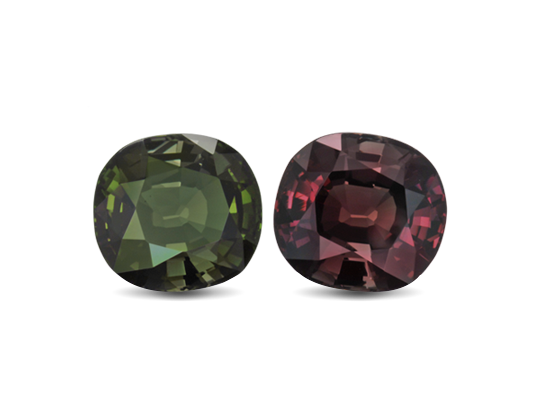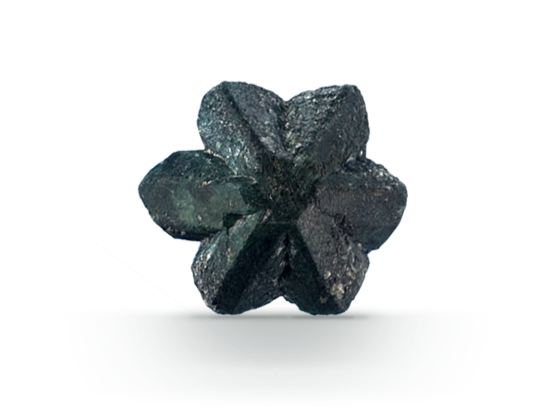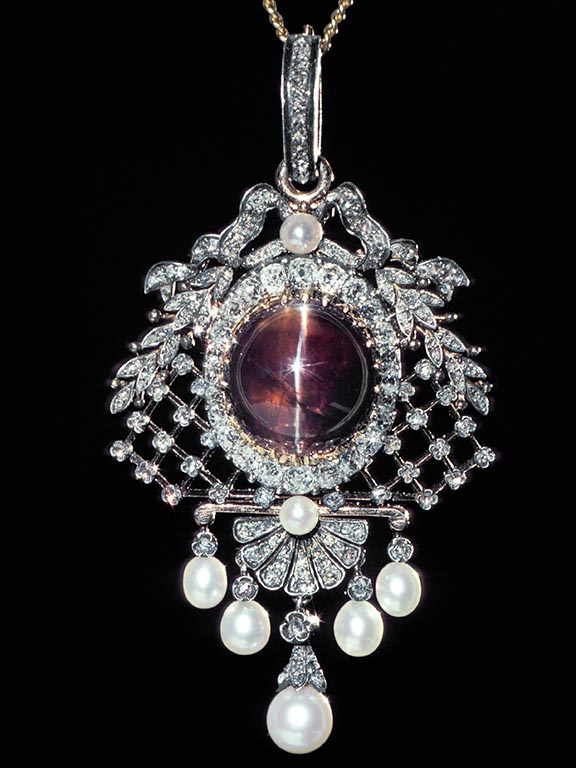Buyer's Guide
Colored stone professionals assess fine alexandrites by the extent of the color change they display and by the quality of the red and green hues they show under different lighting conditions.
FIND A JEWELER
Use your zip code to find a jeweler near you with GIA reports and GIA-trained staff.
FIND A REPORT
Verify the information on your report matches what is archived in the GIA report database.
What To Look For
Color change is the most important quality factor for alexandrite
The most-prized alexandrites show a strong color change from bluish green in daylight and red to purplish red in incandescent light, with moderately strong to strong color saturation.
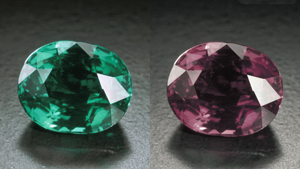
Cut is one of the most important factors in appearance
Alexandrites are most often fashioned as mixed cuts, which have brilliant-cut crowns and step-cut pavilions. Alexandrite’s pleochroism makes it a challenge for cutters. When fashioning alexandrite, cutters orient the gem to show the strongest color change through the crown.
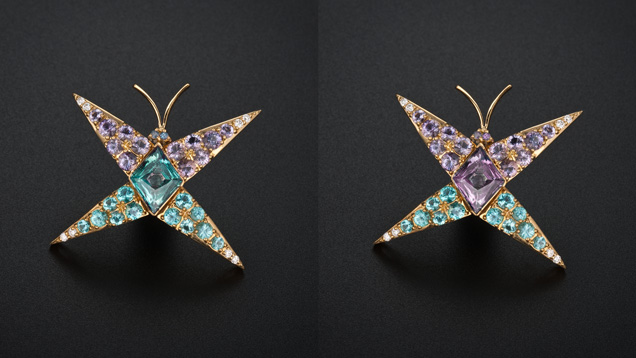
Carat weight allows for precise measurements
Most fashioned alexandrites are small, weighing less than one carat. Larger sizes and better qualities rise in price dramatically: Fine-quality stones in sizes above 5.0 carats are very expensive.
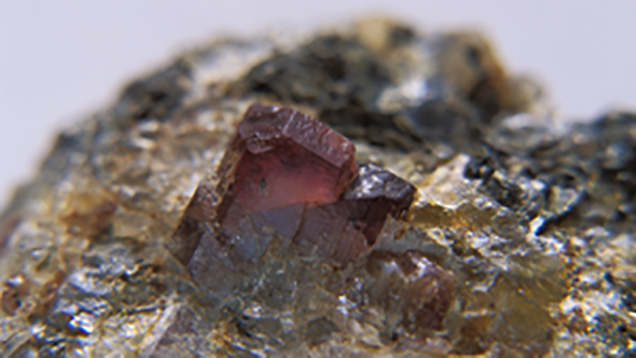
Alexandrite Quality Factors: The Comprehensive Guide
Tips & Advice
1. If it seems too good to be true, it probably is.
Natural alexandrite is rare and valuable. An inexpensive gem with a strong red-green color change is likely to be a synthetic or simulant.
2. Work with a jeweler you trust.
Judging the quality of alexandrite requires expertise. Look for gemological credentials. A jeweler who knows and loves alexandrite will welcome the challenge to find one that’s right for you.
3. When in doubt, get a lab report.
For a significant purchase an independent laboratory report can confirm that the alexandrite you are buying is natural.
4. Don’t expect to be able to match alexandrites easily.
Creating pairs or suites of alexandrite for earrings, a three stone ring, or a necklace is very challenging. Matching size, shape, color, and color change is particularly difficult.
Questions & Answers
Does GIA grade alexandrite?
GIA evaluates alexandrite but does not grade it. A GIA Colored Stone Identification & Origin Report assesses the characteristics of a mounted or loose alexandrite (weight, measurements, shape, cutting style and color), indicates whether it is natural or laboratory-grown and names any detectable treatments, and can issue an opinion on geographic origin, when possible and requested by the client.
Does GIA indicate whether an alexandrite is from Russia on the report?
GIA offers a Colored Stone Identification & Origin Report for alexandrite, with an opinion on geographic origin when possible and requested by the client.
What’s a “created” alexandrite?
Laboratory-grown alexandrites are generally marketed with the name of the company and the word “created” rather than “synthetic.” The Federal Trade Commission Jewelry Guides permit the terms “laboratory-grown,” “laboratory-created” or “[manufacturer name]-created” to describe man-made materials.
What’s an “alexandrite sapphire”?
Generally, this refers to a laboratory-grown sapphire that has been manufactured with trace elements that give it a color-change effect similar to natural alexandrite. Natural sapphires can also show a color-change effect, but it is usually less pronounced.
Find out more
Alexandrite: Questions & AnswersCaring for Your Alexandrite
Keep your alexandrite beautiful by following simple care and cleaning guidelines.

Durability
Alexandrite is durable—it’s a good choice for rings and mountings subject to daily wear.

Care and Cleaning
Warm soapy water is always safe.

Treatment
Alexandrites are rarely treated, but might have fractures. Only clean fracture-filled gemstones with warm, soapy water.



